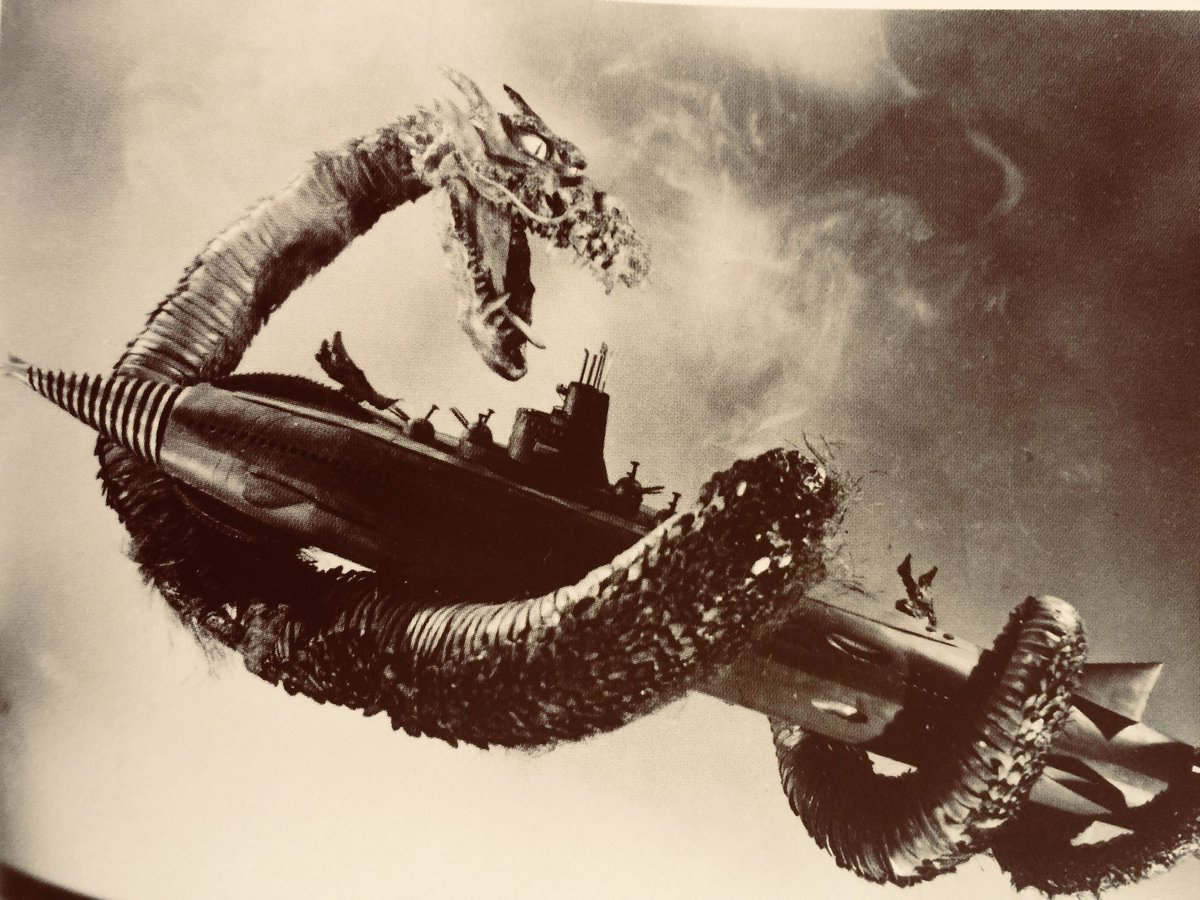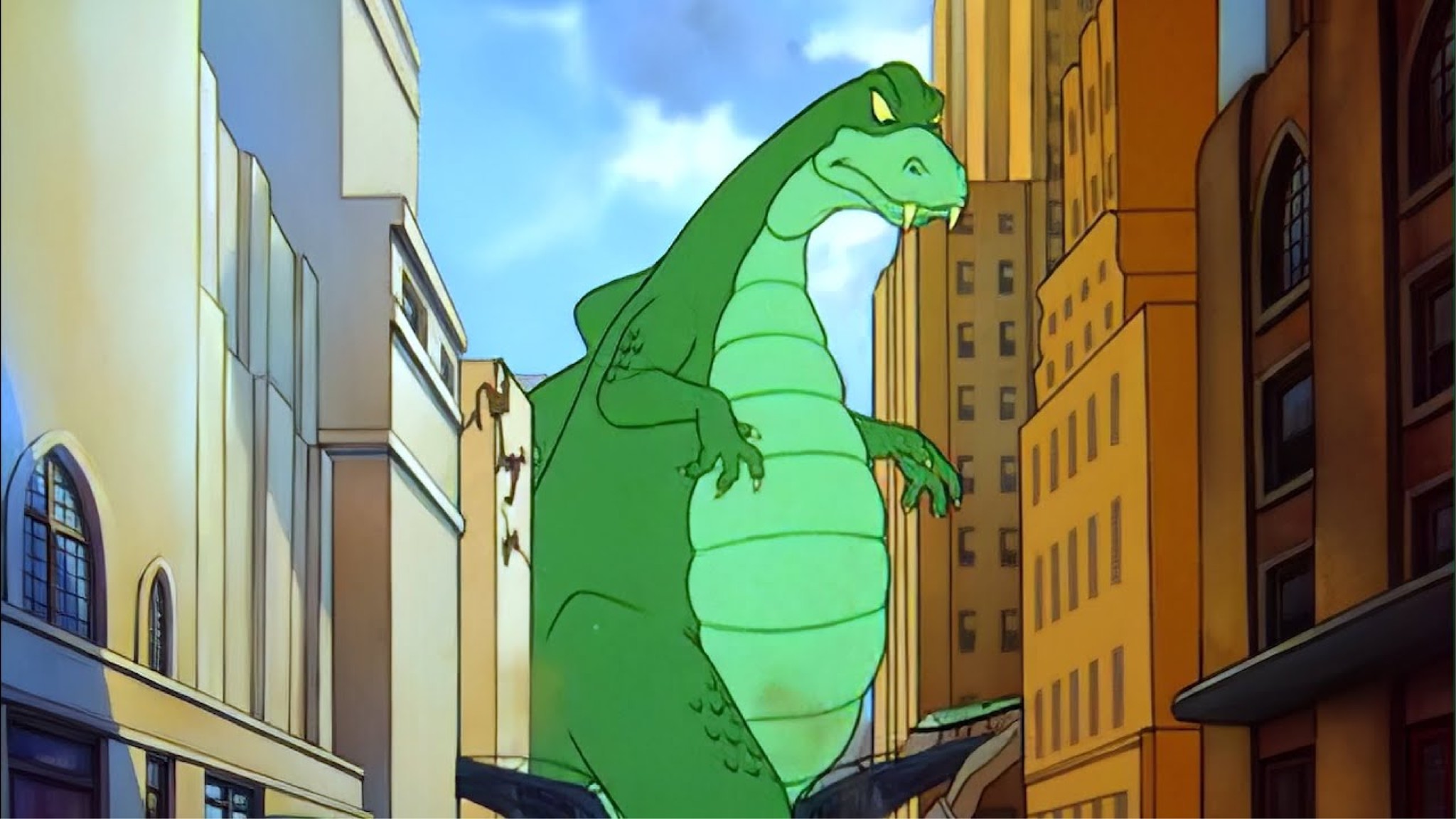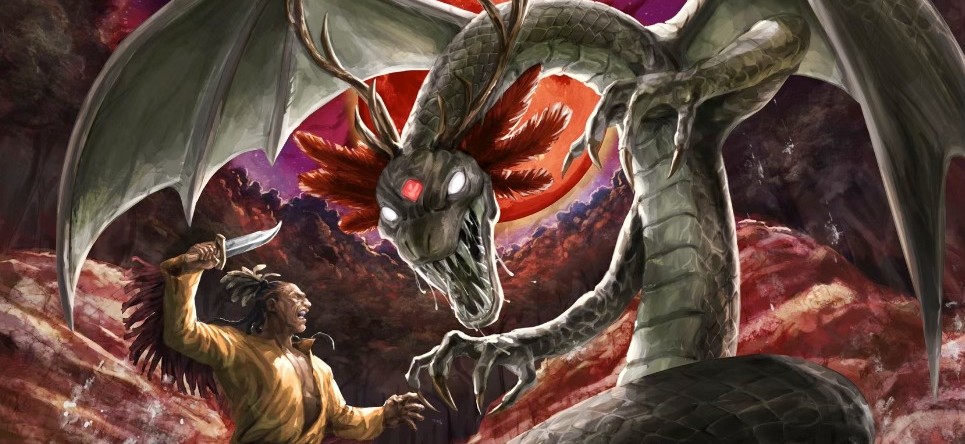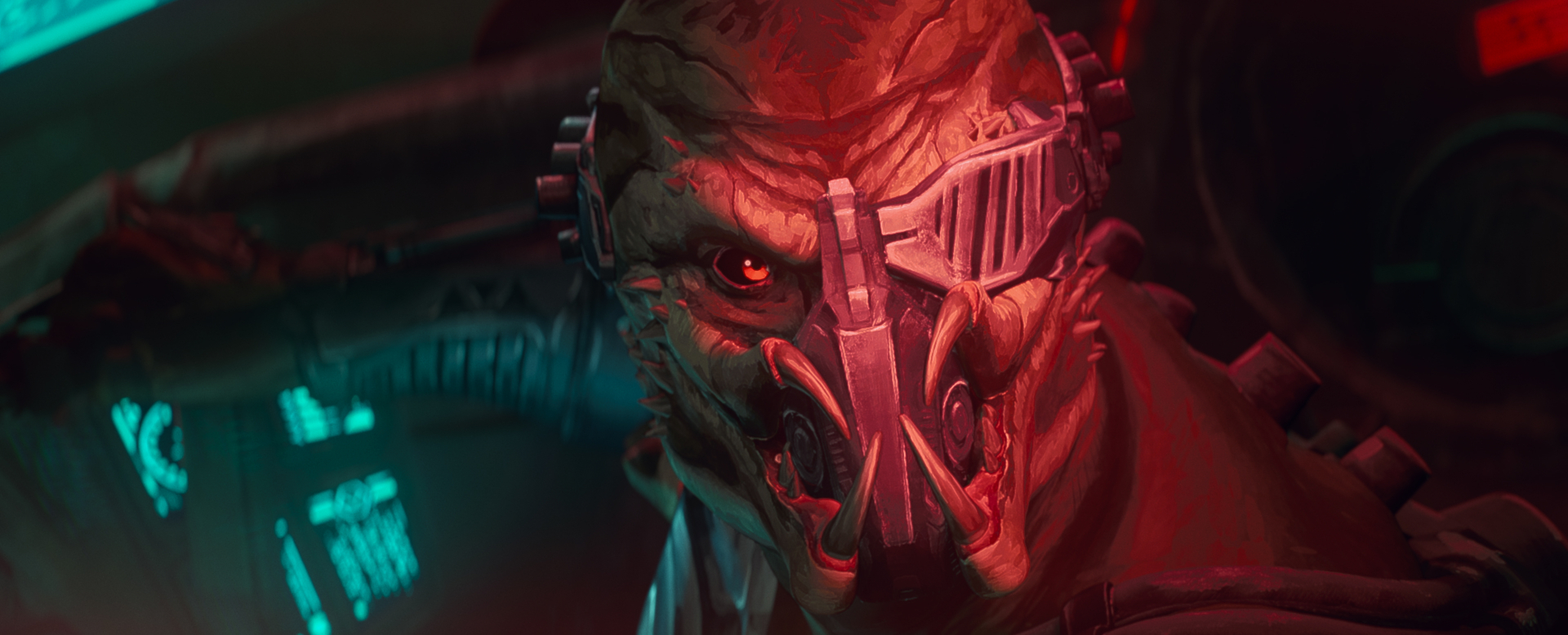Atragon is a peculiar anomaly within Ishiro Honda’s filmography. Watching it, one can pick up the sincere intentions behind the script that aims to condemn imperialism through a fantastical lens while critiquing Japanese ultranationalism, especially when taking into account the director’s anti-war beliefs and military experience that shaped those views. Yet, it’s a film that’s burdened by numerous imperfections, which often weigh down the overall experience and leave the audience frequently scratching their heads, despite having its impressive aspects.
The film is loosely based on The Undersea Warship: A Fantastic Tale of Island Adventure by Shunro Oshikawa and The Undersea Kingdom by Shigeru Komatsuzaki. Shinichi Sekizawa wrote the script, and the movie was rushed into production under an extremely tight shooting schedule, finishing just in time for a December release. It should be noted that Atragon came out in 1963, the same year Ishiro Honda released his horror film Matango, a vastly superior film that ranks amongst his finest work.

The plot centers on the Mu Empire, an ancient civilization residing underground, determined to expand its territory on the surface, even if it means resorting to aggressive force with its advanced weaponry and sea dragon guardian, Manda. As they threaten world domination, a group in Japan searches for a man named Captain Hachiro Jinguji, who served under the Imperial Japanese Navy during World War II and is rumored to have built the ultimate warship known as the Gotengo that could fight off this imposing threat. Eventually, he’s located on a remote island along with his grand warship. However, he’s resistant to lending aid for protecting the rest of the world, clinging to ultranationalistic patriotism, refusing to accept the fact that Japan surrendered at the end of World War II.
The basic premise for Atragon is quite generic, yet it allows for interesting postwar commentary, particularly in the portrayal of the Mu Empire and the character of Hachiro Jinguji. To the film’s credit, it effectively conveys those points in both departments. It is ever apparent that the Mu Empire is meant to be a stand-in for the Imperial Japanese Empire, with their plans of world domination echoing the territorial ambitions Japan had during the Second Sino-Japanese War and World War II. Even their ruler, the Mu Empress, and the Muans’ devoted worship of her is strikingly similar to Imperial Japan’s devotion to Emperor Hirohito. Even with this being a fictional empire, this portrayal of an aggressive, invasive force allows audiences to reflect on the dangers and consequences of violent military aggression.
Then there is Captain Hachiro Jinguji, who is easily the most compelling character in the film. It is disturbing and tragic to see a man so consumed by his ultranationalistic pride that he’s only willing to use his warship to defend Japan and, in turn, has alienated himself from everyone around him, including his own daughter, Makoto. In a touching scene that is wonderfully acted and beautifully shot, Makoto confronts her father, whom she believed died in the war when she was a child, and grows to despise her dad and rebukes him for the cold, detached extremist patriot he has become, driving home the negative consequences of ultranationalism. Furthermore, his jingoistic attitude parallels that of the Mu Empress, who will stop at nothing to accomplish her goals of territorial conquest. Watching a man wrestle with the eccentric patriotism that consumes him and doing the right thing makes for a fascinating character study. This is especially potent given there were real cases of Japanese soldiers who refused to accept Japan’s surrender at the end of World War II, continuing to fight for years after, isolating themselves as the rest of the world had moved on. Arguably, the most famous example is Hiroo Onoda, who remained a devoted soldier in the Philippines for 29 years after the Second World War, finally surrendering in 1974 when he was found.
These are strong qualities, yet the film frequently struggles to depict them in a way that is consistently entertaining and fully realized. Although the movie is not entirely devoid of entertainment value, Atragon often feels formulaic in its presentation, coming across as derivative of some of Honda’s earlier works, such as The Mysterians. Yet, despite its fairly simple characters, that film did a better job at balancing and delivering its spectacle and themes more effectively. Here, it starts to feel like a hollow rehash, with the clash between the heroes and the Mu Empire quickly resembling the alien invasion formula that Toho employed for a while around this time, the only difference being that the villains here are an underground civilization of humans. Nothing jumps out here as overly unique, with the exception being the warship, the Gotengo. Yet, there is a neat idea with the Muans being accustomed to hot temperatures, and thus, the surface feels too cold for them.
Now it’s time to address the film’s most significant drawback. Atragon was a rushed production, and this is unfortunately evident in the movie itself, as Sekizawa’s script is riddled with missed opportunities. Many potentially engaging plot elements are introduced only to be either hastily resolved or dropped entirely. This is especially evident in the characters, who are, for the most part, underdeveloped. The biggest example is Jinguji’s daughter, Makoto. She builds up an image of her father, only to be heartbroken when they reunite and she sees the man he’s become. However, after the big confrontation on the beach, she is reduced to a stereotypical damsel-in-distress when the Mu Empire kidnaps her. Now, one can argue that this gives Captain Jinguji a personal motivation to defeat the Mu Empire; yet, the eventual resolution he has with his daughter doesn’t feel entirely earned.
Other missed opportunities include the other main protagonists who attempt to help Captain Jinguji confront reality and relinquish his baseless pride. Photographer Susumu Hatanaka is shown to be outspokenly critical of Jinguji’s far-right militarist thinking, even calling him “war crazy” to his face. Yet, this dynamic is quickly resolved after Makoto argues with her father on the beach. There’s also Admiral Kosumi, who, following the war, became a pacifist and renounced his ultranationalist views, even condemning Japan’s role in World War II. Like Hatanaka, he challenges Jinguji’s mindset as he tries to rationalize with him and face reality, but to no avail. This sounds like a really interesting dichotomy, but it never truly flourishes the way it could have, save for one heated confrontation between them.
The Mu Empire may be an allegory for Japan’s aggressive territorial expansion during World War II. Yet, they gradually begin to feel less like a global threat, despite being built up as such, a shortcoming that could be attributed to limited time and budgetary constraints. This isn’t helped by how easily they are defeated in the climax, a stark contrast to their early buildup and the destruction they cause, which suggests what they are capable of. Even their supposed powerful god, Manda, is easily disposed of by the Gotengo. Granted, this may have been intended to showcase the might of the warship and the artillery the protagonists possess, but it ultimately comes off anticlimactic.
Watching this film highlights recurring issues that also affect some of Ishiro Honda’s other large-scale sci-fi features, such as Battle in Outer Space and Gorath. These movies convey well-intentioned and admirable messages of world peace and global unity. Yet, they are undermined by flimsy scripts that fail to deliver these themes engagingly, almost as if the ideas alone are enough to excuse the distracting shortcomings. It feels as though Honda is putting the cart before the horse, even though engaging storytelling is the vehicle that allows for such themes to be all the more transformative. Granted, Atragon is a step above those previously mentioned examples, though it suffers from similar drawbacks.
To the film’s credit, the actors make the most of the material they are given. As Captain Hachiro Jinguji, Jun Tazaki delivers the most compelling performance of the feature, commanding authority as a military leader while conveying the inner turmoil of an eccentric patriot. Tadao Takashima does give Susumu Hatanaka some charisma. In contrast to Tazaki, Ken Uehara brings a warmth to Admiral Kusumi, a man who has moved on from the war and is dedicated to preserving peace and preventing another global conflict. Despite the wasted potential with Makoto, it would be remiss not to give Yoko Fujiyama credit for committing to her role; again, her confrontation with her father is a standout moment. Tetsuko Kobayashi commands the screen as the Mu Empress, appearing cold yet revealing genuine feelings and concern for her people, which is effectively solidified by the ending. To his credit, Kenji Sahara seems to be having fun as Mu enforcer Uoto Unno.
Like the story, the production side of Atragon also took a noticeable hit. The movie features a nice variety of colors, and Hajime Koizumi’s cinematography is generally commendable. However, Eiji Tsuburaya’s special effects are very hit or miss. There are some highlights, including the detailed sets and the sequence that utilizes miniatures to depict Tokyo’s destruction after the Mu Empire triggers an earthquake. Best of all, the Gotengo boasts a striking design and is impressive in motion. However, some of the special effects are pretty bad, even for the time. The blue screen work ranges from passable to laughably poor. Unfortunately, the weak aspect of Tsuburaya’s work here is Manda, whose debut proves rather unremarkable. While its design, reminiscent of an Eastern dragon, is visually appealing, it is stiff in motion, looking nothing more than a clumsily handled marionette. Worst of all, its fight with the Gotengo is distractingly poor in execution. It may look fine in photos, but the scene itself leaves a lot to be desired, and not even talented VFX cinematographers Motoyoshi Tomioka and Sadamasa Arikawa were able to make it appear more convincing. Thankfully, the monster would be handled far better in future appearances. Despite these criticisms of the production values, Akira Ifukube’s music score is consistently solid.
Atragon is not awful, but it’s not particularly great either. It’s a film that is more interesting in concept than it is in execution. Granted, it does have a legacy, even spawning a two-episode anime OVA and being referenced in Godzilla: Final Wars. One could also argue that this feature holds personal resonance for director Ishiro Honda and his team, given their firsthand experiences of war. Yet, the movie itself only offers the bare minimum in exploring otherwise powerful themes within an otherwise fairly serviceable sci-fi flick.





